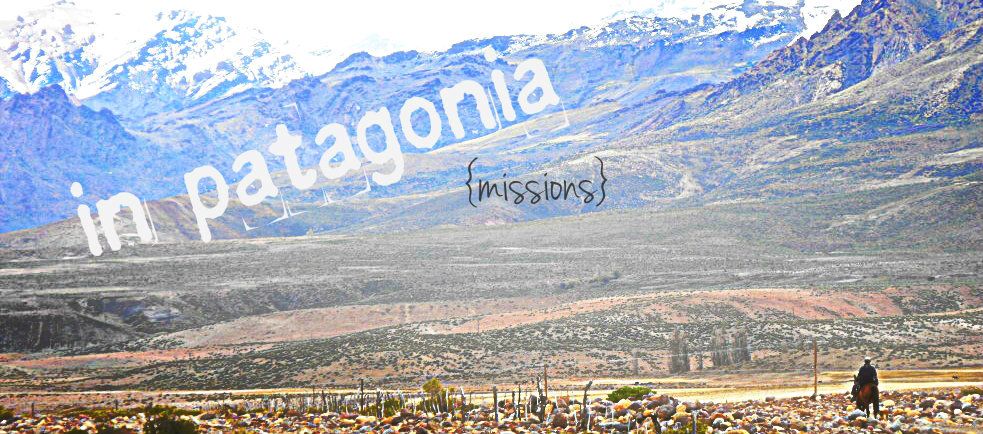| Puyehue volcano, Lakes District of southern Chile |
Chile's Puyehue volcano recently erupted beginning June 3, 2011, and by June 4th, the ash cloud had reached a height of almost 40,000 feet. By 4:30pm the same day, the ash cloud had shut down the airport in our soon-to-be new home, Neuquén, Argentina. The east-travelling ash plume quickly reached the Atlantic Ocean, and has now made it's first trip all the way around the world arriving once again in Chile. As of June 15, ash is still billowing 9km into the atmosphere, and shows no signs of slowing down.
Here's a map showing the trajectory of the ash plume and relative amounts of ash fall.
| Red = most affected; Black = frequent ashfall; Grey/Blue = some ash fall [photo courtsey of Clarin.com] |
| [satellite view: Reuters] |
| [ash in the neighboring village of Villa La Angostura, red zone. Photo credit: Clarin.com] |
Volcanic ash is not soft and powdery like baby powder. It actually has the chemical composition of glass. Because it is glass. When inhaled it can lodge in the lungs and cause respiratory infections, hacking coughs, discomfort, and difficulty breathing. And, as you can imagine, getting little tiny flecks of glass in your eyes is quite irritating, as well, and can cause ocular abrasions. The toxic gas emitted from volcanos can also make you feel sick. Those in areas affected by the ash have been told to stay inside; but, for the less fortunate, there is little escape from the ash.
| [Imagine not being able to shut your door... because you don't have one.] |
Sources say it's hard to tell just yet the affect this will have on tourism and livelihood to the area. I don't know about you, but I'm not so sure I would be running to vacation here and swim in this lake...
| [ash along the shore of one of the many lakes in the region] |
So, there's an brief little update on the volcano situation. I guess we'll just see how it unfolds.
[photos courtsey of Reuters and Clarín.com]

No comments:
Post a Comment